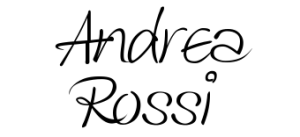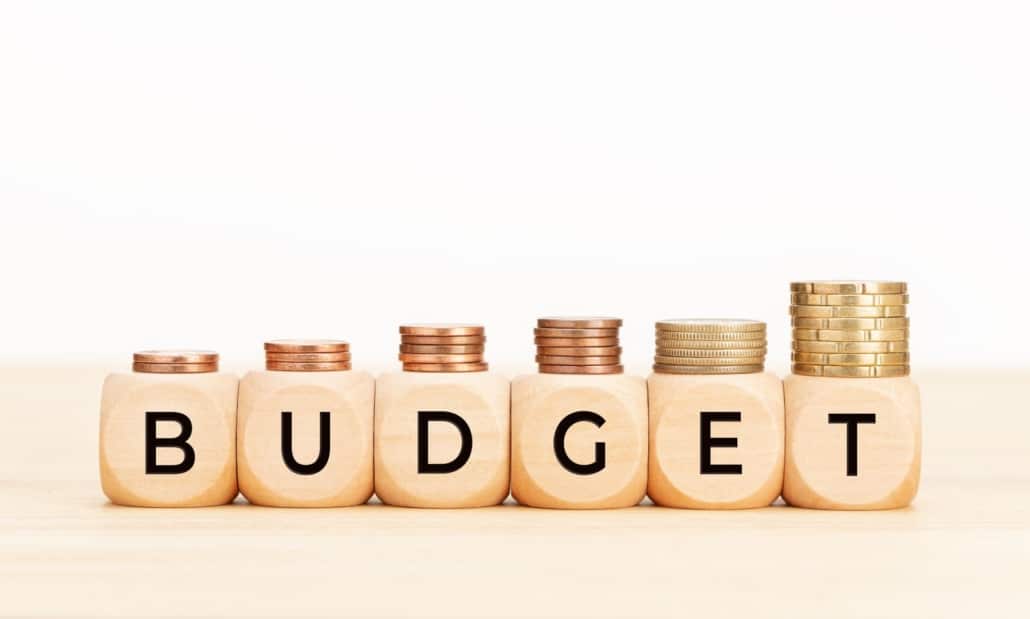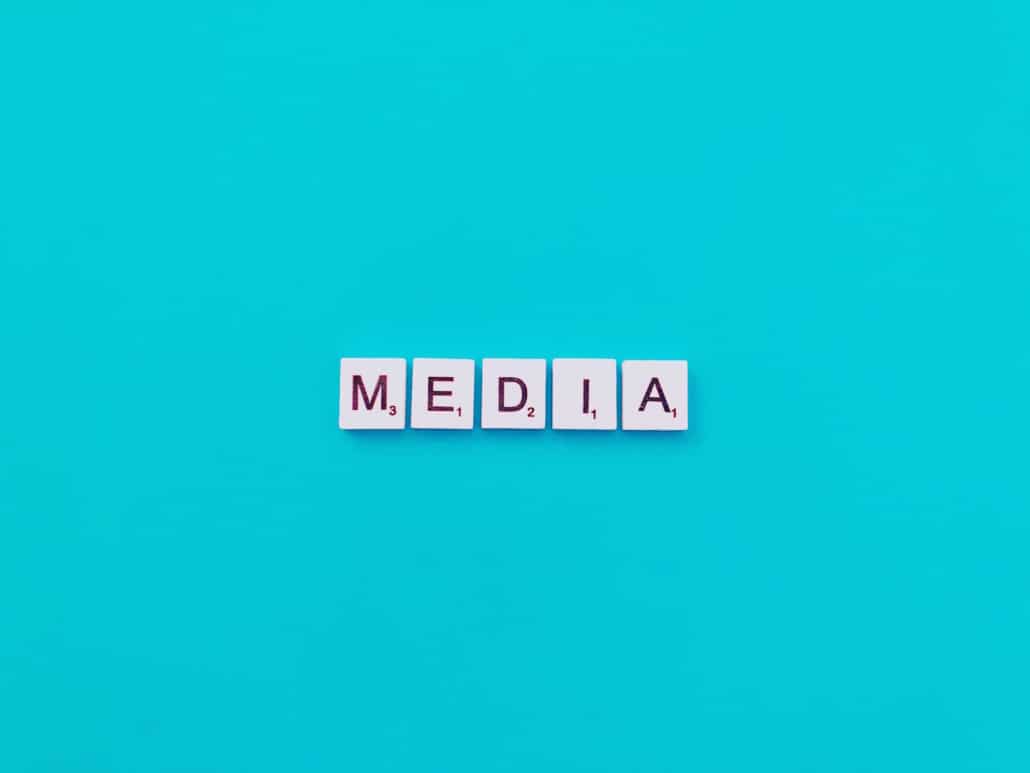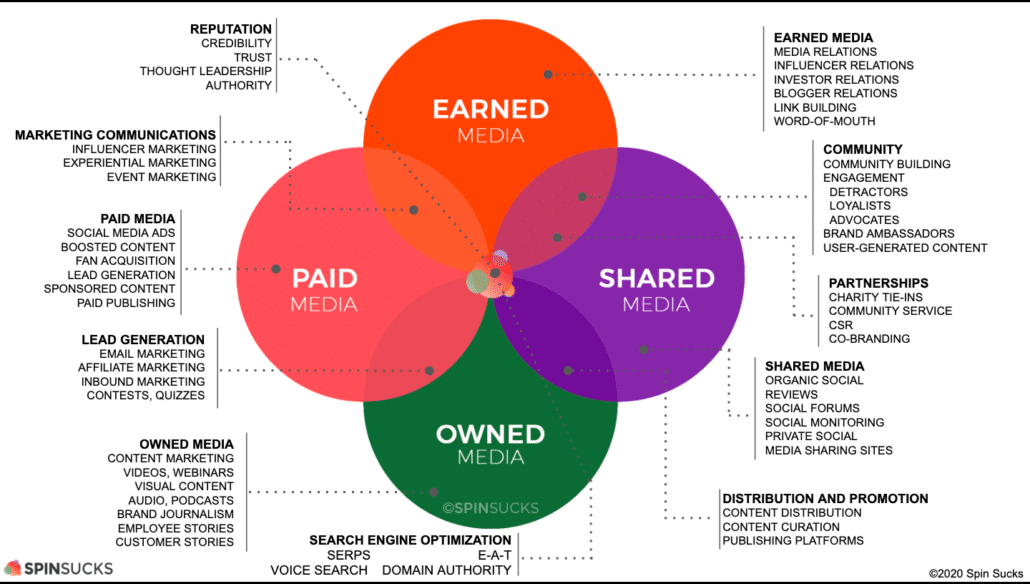The Digital Communication Plan for Tourism – Part XII: Measurements of the digital communication plan
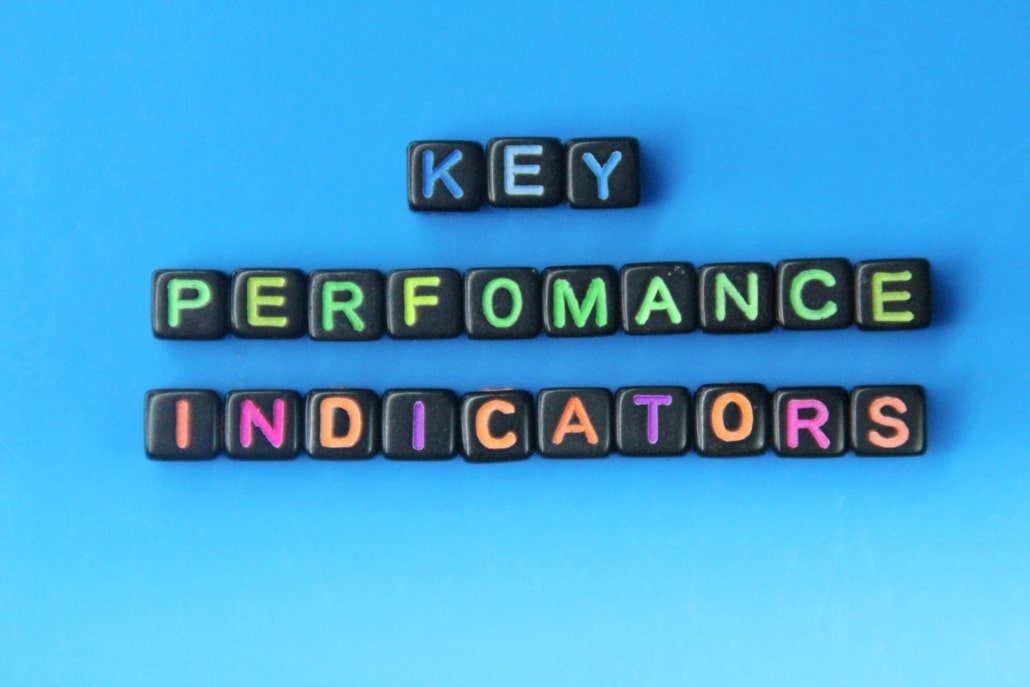
KPI Key Performance Indicator by fauziEv8
Key Performance Indicators (KPIs) are used by organizations of all sizes to measure their marketing or business results. KPIs are measurable values that business decision-makers use to evaluate the success of the company. In the context of digital communication, there are specific KPIs to monitor the effectiveness of the actions outlined in the communication plan and to improve areas where results fall below expectations.
For instance, the most common KPIs in Social Media Marketing include likes, followers, comments, and shares, but this is by no means an exhaustive list. The list of KPIs, if it were to encompass all possibilities, would exceed hundreds of items because each organization determines its own set of KPIs. Having too many KPIs does not lead to better control of communication but rather makes it difficult, if not impossible, to read performance reports. It is crucial to find the right number of KPIs that only provide measurements of the parameters that matter.
As a general guideline, having 20-30 KPIs can be sufficient to keep the situation under control. According to Karola Karlson from scoro.com [Karlson K., 2022], KPIs for digital communication can be divided into five main categories:
- Lead generation
- Website & traffic metrics
- SEO optimization
- Paid advertising
- Social media tracking
Karola Karlson identifies 37 possible KPIs to use within these five categories. Here are some examples.
Lead generation:
- Monthly new leads/prospects
- Qualified leads per month
- Cost-per-lead generated
- Cost per conversion
- Average time of conversion
- Retention rate
- Attrition rate
- Net promoter score
Website & traffic metrics:
- Returning vs. new visitors
- Visits per channel
- Average time on page
- Website conversion rate
- The conversion rate for call-to-action content
- Click-through rate (CTR) on web pages
- Pages per visit
SEO optimization:
- Inbound links to a website
- Traffic from organic search
- New leads from organic search
- Conversions from organic search
- Page authority
- Google PageRank
- Keywords in the top 10 SERP
- Rank increase of target keywords
- Conversion rate per keyword
- Number of unique keywords that drive traffic
- Volume of traffic from video content
Paid advertising:
- Leads & conversions from paid advertising
- Cost per acquisition (CPA) & cost per conversion
- Click-through rate on PPC advertising
Social media tracking:
- Traffic from social media
- Leads and conversions from social media
- Conversion rate
- Managed audience size
- Engagement rate
- Mentions
- Social media ROI
These 37 KPIs provided by Karola Kalrson are examples, and each organization will need to decide which KPIs are relevant to their specific case. Some of the KPIs on this list are easily understood, while others may be more complex.
Click here for Part I ; Click here for Part II ; Click here for part III; Click here for Part IV
Click here for Part V ; Click here for Part VI ; Click here for Part VII ; Click here for Part VIII
Click here for Part IX ; Click here for Part X ; Click here for Part XI
Sources:
- [Karlson K., 2022] Karola Karlson (n.a.) “37 Digital Marketing KPIs [Complete Guide]” (n.a.) https://www.scoro.com/blog/digital-marketing-metrics-kpis/ retrieved 22.01.2022
- Rossi A. (2022) Comunicazione Digitale per il Turismo, Amazon KDP, 2022
#Measurements; #digitalcommunicationplan; #KPIs; #marketingresults; #businessresults; #effectiveness; #communicationplan; #improvement; #SocialMediaMarketing; #likes; #followers; #comments; #shares; #KPIlist; #control; #parameters; #leadgeneration; #websitetrafficmetrics; #SEOoptimization; #paidadvertising; #socialmediatracking; #leadgeneration; #monthlynewleads; #qualifiedleads; #costperlead; #costperconversion; #averagetimeofconversion; #retentionrate; #attritionrate; #netpromoterscore; #websitetrafficmetrics; #monthlywebsitetraffic; #returningvsnewvisitors; #visitsperchannel; #averagetimeonpage; #websiteconversionrate; #conversionrate; #clickthroughrate; #pagespervisit; #SEOoptimization; #inboundlinks; #trafficfromorganicsearch; #newleadsfromorganicsearch; #conversionsfromorganicsearch; #pageauthority; #GooglePageRank; #keywordstop10SERP; #rankincreaseoftargetkeywords; #conversionrateperkeyword; #numberofuniquekeywords; #volumeoftrafficfromvideocontent; #paidadvertising; #leadsandconversions; #costperacquisition; #clickthroughrate; #socialmediatracking; #trafficfromsocialmedia; #leadsandconversionsfromsocialmedia; #conversionrate; #managedaudiencesize; #engagementrate; #mentions; #socialmediaROI
